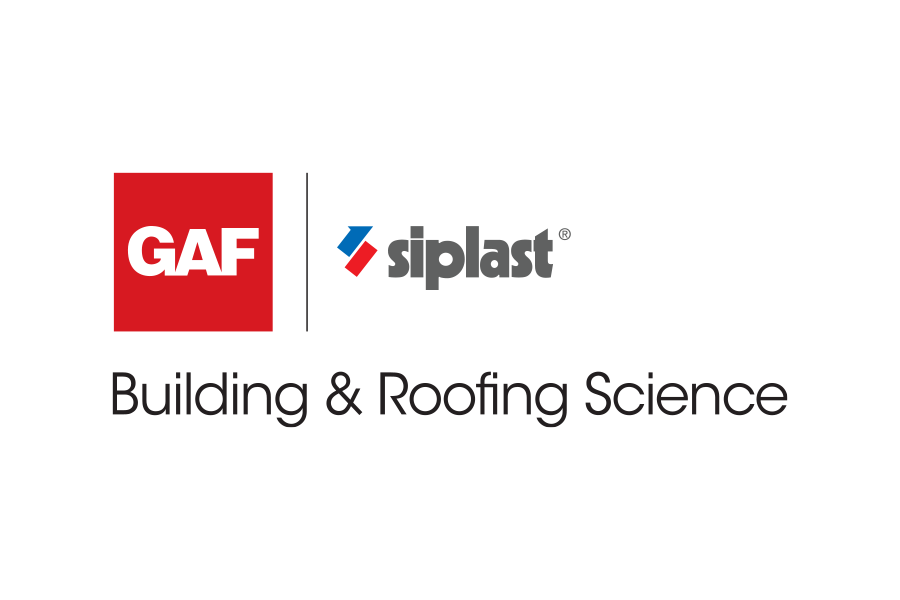Wind Design for Roof Systems and ASCE 7
5-story Apartment; Mobile, Ala. The 5-story apartment building in Mobile, AL (Risk Category II, Exposure C) saw the DWP increase from 81 psf to 129 psf in Roof Zone 1 per ASCE 7-10 vs ASCE 7-16; and reduce to 74 psf in Roof Zone 1’. However, and very importantly, because of the way the roof zone sizes are determined using ASCE 7-16, Roof Zones 1’ and 1 do not exist in this scenario. Figure 13 shows the roof zone layouts, associated design wind pressures, and the minimum wind-uplift rating for each roof zone for a 5-story apartment building in Mobile, Ala.

Figure 13: Roof zone layouts, design wind pressures, and the minimum wind-uplift rating for each roof zone for a 5-story apartment building in Mobile, Ala. based on ASCE 7-16 (bottom) and ASCE 7-10 (top).
The increases in DWP for the roof zones significantly increase the roof system capacity requirements for this scenario. The lack of Roof Zones 1 and 1 Prime is a significant factor in this case. The entire roof area will need a higher capacity, with much of the roof requiring a significant increase in capacity.
Figure 14 shows roof area percentages based on the required roof system capacity for this scenario.

Figure 14: Required roof capacity and the roof area (%) where each is required.
Case Study Summary. A comparison of low-slope roof-system design wind pressures from a case study of two building types in two different cities was performed. Risk Category and Exposure Category were varied; design wind pressure (DWPs) were determined for 72 variants. The resulting DWPs were analyzed to begin to determine trends when comparing DWP results based on ASCE 7-10 and ASCE 7-16.
The observations from these case studies include:
- DWPs determined using ASCE 7-16 are increased in most cases. vReductions of ASCE 7-16 DWPs are in Roof Zone 1’ (read as “one prime”), which is new to ASCE 7-16, when compared to ASCE 7-10’s Roof Zone 1.
- The largest increases in ASCE 7-16 DWPs are in Roof Zone 1.
- Due to larger (wider) roof zones and an additional roof zone, taller, smaller-footprint buildings may only have Roof Zones 2 and 3. Reductions in DWP for Roof Zone 1’ are not realized.
- Larger roof zone sizes mean larger areas of a roof are affected by increases in DWPs.
- Looking only at DWPs does not provide enough information; a comparison of required roof system capacities is needed.
Selecting Roof Systems
Selecting roof systems that have the appropriate wind-uplift capacity is primarily performed using one of the Approval Listing organizations: FM Approvals, Underwriters Laboratories, SPRI (see section below titled DORA), Florida Department of Business and Professional Regulation, Miami Dade County, and Texas Department of Insurance.
RoofNav. The “Assembly Search” function within RoofNav (roofnav.com) allows users to search the large database of Approval Listings from FM Approvals. Users input specific roof assembly features and performance requirements in order to find tested roof systems that meet the user’s requirements.
A RoofNav Approval Listing includes the roof system type, application, securement methods (for all layers), deck type, maximum slope, wind-uplift rating, internal fire-resistance rating, exterior fire-resistance rating, and the hail-resistance rating, as highlighted in Figure 15. The figure also highlights the options for securing the roof covering to the cover board. This points out that there are options available for many of the layers within the single Approval Listing. A designer may choose to specify as specifically as required to meet the owner’s performance requirements for the roof system.

Figure 15: An example of the Information contained in a RoofNav Approval Listing.
Directory of Roof Assemblies. The Directory of Roofing Assemblies (DORA), which is provided by SPRI, the Single-Ply Roofing Institute, includes Approval Listings for single-ply and modified bituminous roof systems. Within DORA, users input material specifics and performance characteristics to find Approval Listings. A DORA Approval Listing includes a summary of the roof system, the wind-uplift capacity, and the specifics of each layer within the roof system, as shown in Figure 16. Like other Approval Listings, options exist for some or all of the layers, and designers can specify to their necessary level of detail.

Figure 16: Example information contained in a DORA Approval Listing.
Conclusion
ASCE 7-16 DWPs are generally increasing relative to ASCE 7-10, but this impact is better understood by comparing the required roof system capacity for different building types and dimensions in different cities. Looking only at DWPs does not provide enough information; a comparison of required roof system capacities is needed. Not only did the DWPs change, but the methodology for determining the size of the perimeter and corner roof zones changed significantly in the new ASCE 7-16 version; the amount of roof area contained by the perimeter and corner roof zones increased. The case studies—of two buildings less than 60 feet tall in two cities—and corresponding analysis in this article are just one additional small step to understanding how the ASCE 7-16 will affect wind design over the next decade.
James R. Kirby, AIA, is a GAF building & roofing science architect who has authored and presented for three decades about roofing systems’ design, make-up, and efficient and long-term performance.









